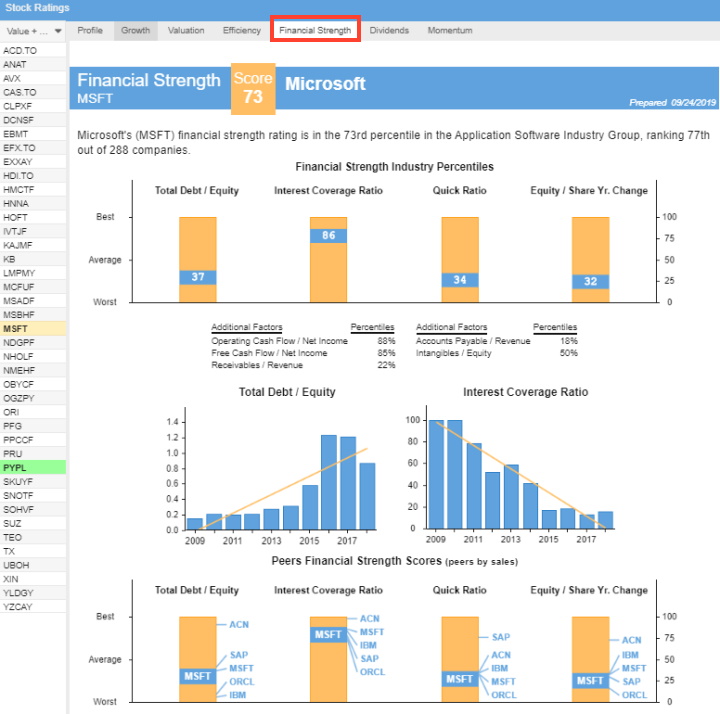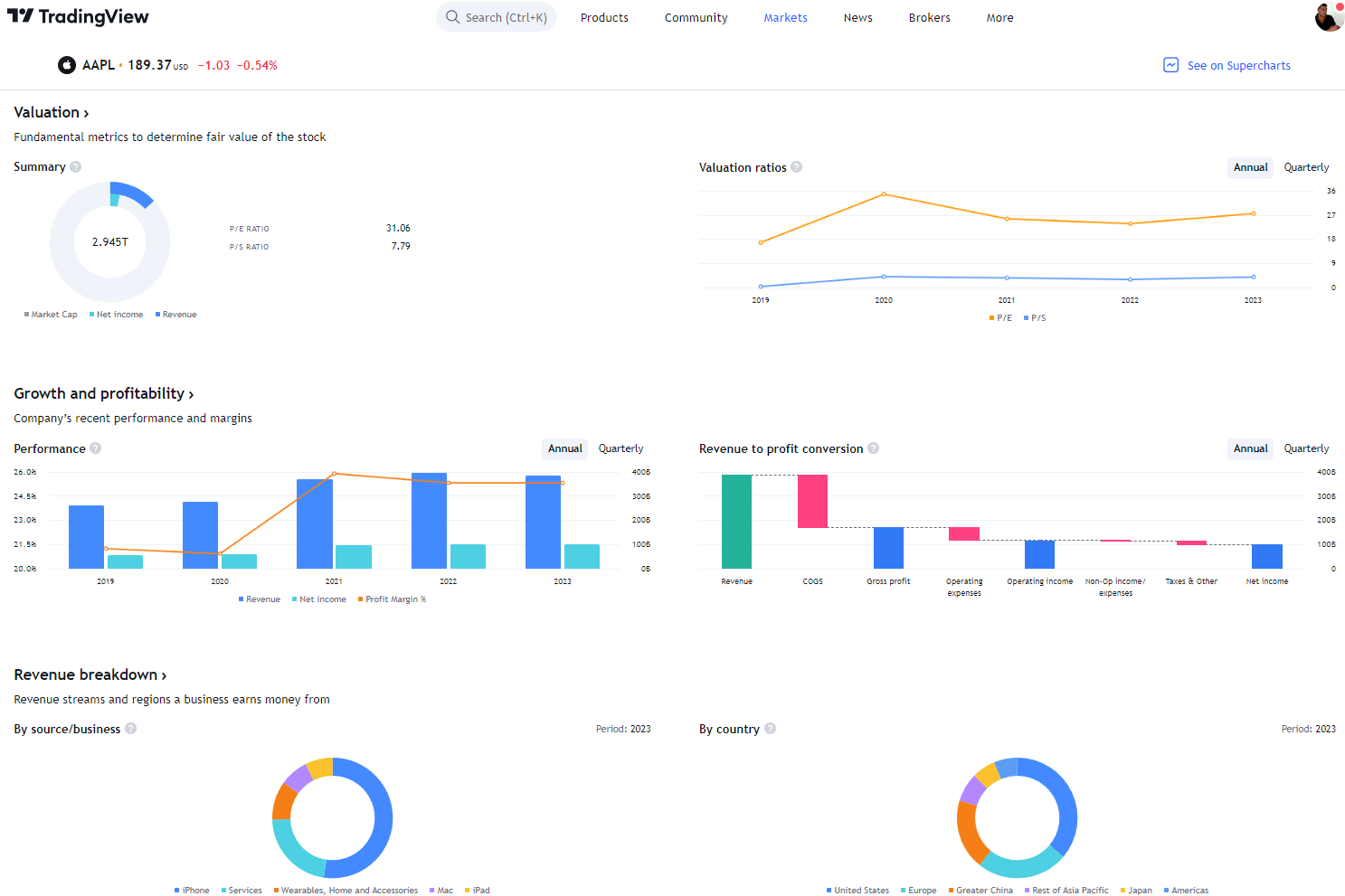Financial statements are vital documents that provide a snapshot of a company’s financial health and performance. They consist of the income statement, balance sheet, and cash flow statement, each offering unique insights into the company’s operations, profitability, and liquidity.
Understanding how to interpret and analyze financial statements is crucial for investors, analysts, and stakeholders to make informed decisions about a company’s financial standing and future prospects. By delving into the numbers and trends presented in these statements, one can gain a comprehensive understanding of a company’s financial position and make sound investment choices.
What are financial statements?
A financial statement is a formal document that discloses a company’s financial position and performance. It includes a balance sheet, income statement, and cash flow statement.

Why are financial statements important?
Financial statements are important because they show a company’s financial position and performance. They help investors, lenders, and other stakeholders assess a company’s overall health and make informed decisions about investing in the company. Financial statements are also used to calculate a company’s credit score, which is important for obtaining loans and other financings.
How to read financial statements
Reading financial statements can be tricky, but with a little practice, you’ll glean a lot of important information from them. Here are some tips for reading financial statements:
- Start by looking at the balance sheet. This will give you a snapshot of a company’s assets, liabilities, and equity.
- Look at the income statement. This will show a company’s revenue, expenses, and net income.
- Finally, take a look at the cash flow statement. This will show you a company’s inflows and outflows of cash.
- Once you’ve reviewed all three financial statements, you’ll understand a company’s financial position and performance well.
What are the four financial statements?
The four financial statements are the balance sheet, income statement, cash flow statement, and statement of shareholders’ equity.
- The balance sheet shows a company’s assets, liabilities, and equity.
- The income statement shows a company’s revenue, expenses, and net income.
- The cash flow statement shows a company’s inflows and outflows of cash.
- The statement of shareholders’ equity shows a company’s changes in equity over time.
The Balance Sheet
The balance sheet is a snapshot of a company’s financial position at a specific point in time. It shows the company’s assets, liabilities, and equity. Assets are resources that the company owns or controls, such as cash, inventory, property, and equipment. Liabilities are debts or obligations the company owes to others, such as loans or accounts payable. Equity represents the owners’ claims on the company’s assets.

The balance sheet follows the basic accounting equation: assets = liabilities + equity. This means that for every dollar in assets, there must be an equal amount in liabilities and equity. The balance sheet is important because it provides investors with information about a company’s financial health and ability to meet its short-term and long-term obligations.
Income Statement
The income statement, also known as the profit and loss statement, shows a company’s revenue and expenses over a specific period. Revenue is the money a company earns from selling its products or services, while expenses are the costs incurred in running the business. The income statement’s bottom line shows whether a company made a profit or suffered a loss during the specified period.
Cash Flow Statement
The cash flow statement tracks the cash flow into and out of a company over a specific period. It provides information about where the cash is coming from (cash inflows) and how it is used (cash outflows). This helps investors understand how well a company manages its cash and if it has enough liquidity to cover its expenses and investments.
The cash flow statement is divided into three sections: operating activities, investing activities, and financing activities. Operating activities include the cash flows from a company’s primary operations, such as sales of products or services. Investing activities include cash flows from buying or selling assets, such as property or equipment. Financing activities involve borrowing money (cash inflow) or repaying debt (cash outflow), as well as issuing stock (cash inflow) or paying dividends (cash outflow).
Statement of Shareholders’ Equity
The statement of shareholders’ equity is a financial statement showing changes in a company’s stockholders’ equity over time. Stockholders’ equity, also known as shareholders’ equity or simply “equity,” is the amount of money that would be returned to shareholders if all of the company’s assets were liquidated and all its debts were paid off.
This statement begins with the balance of retained earnings, the accumulated profits reinvested into the company instead of being distributed to shareholders as dividends. It then shows any changes in this balance due to net income or loss, dividends paid out, and any adjustments for accounting errors or changes in accounting principles.

Try Powerful Financial Analysis & Research with Stock Rover
What are some red flags to look for in financial statements?
There are a few red flags to look for when reading financial statements:
- If a company’s liabilities exceed its assets, that signifies financial trouble.
- If a company’s expenses exceed its revenue, that is also a sign of financial trouble.
- If a company’s cash flow is negative, that means the company is losing money.
- Finally, if a company’s debt-to-equity ratio is too high, it carries too much debt and could risk defaulting on its loans.
How are the financial statements linked?
The four financial statements are linked because they show a company’s financial position and performance over time.
The balance sheet shows a company’s assets and liabilities at a specific time, the income statement shows how those assets and liabilities have changed, and the cash flow statement shows how the company’s cash flow has changed over time.
These three statements give a complete picture of a company’s financial health. The statement of shareholders’ equity shows how the value of a company’s shares has changed over time.
What are consolidated financial statements?
Consolidated financial statements are financial statements that include the financial results of a parent company and its subsidiaries. When a parent company owns a majority stake in a subsidiary, the two companies are considered to be consolidated. Consolidated financial statements provide a complete picture of a company’s financial position and performance. They can be used to assess the overall health of a company and its subsidiaries and make informed investment decisions.
How are financial statements used in decision-making?
Financial statements are often used in decision-making. They can help investors, lenders, and other stakeholders assess a company’s overall health and make informed decisions about investing in the company. Financial statements are also used to
What are interim financial statements?
Interim financial statements are financial statements that are not prepared on a company’s annual basis. They are generally compiled every three or six months and can be used to track a company’s progress over time and make informed decisions about its future. Interim financial statements can assess a company’s liquidity, solvency, and profitability. They can also be used to compare companies in the same industry.
Where can you find short-term investments on financial statements?
Short-term investments are listed on a company’s balance sheet under the category of “current assets.” They are less risky than long-term investments and can generate income or finance short-term needs.
Which financial statements show depreciation expense?
The income statement and cash flow statement show depreciation expenses. The depreciation expense is listed under the category of “expenses.” It is important to note that depreciation is a non-cash expense that does not affect a company’s cash flow. Depreciation is used to match the cost of an asset with the revenue that it generates.
What are management’s responsibilities regarding financial statements?
Management is responsible for preparing and presenting accurate and informative financial statements using generally accepted accounting principles (GAAP) and for ensuring that the company’s financial statements are free of material misstatements.
Try TradingView, Our Recommended Tool for International Traders
Global Community, Charts, Screening, Analysis & Broker Integration

Global Financial Analysis for Free on TradingView
Where to find inventory on financial statements?
Inventory is listed under the category of “current assets” on a company’s balance sheet. It represents the goods a company has on hand and available for sale. It is important to note that inventory can be subject to depreciation and other valuation adjustments.
In the next lesson, we will explore the income statement.
